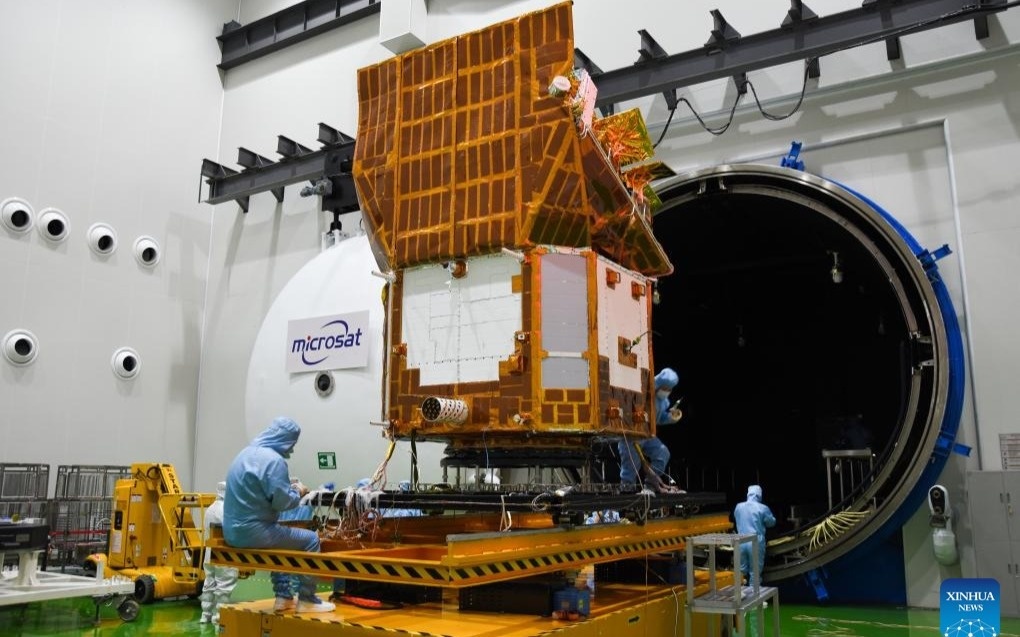Jennifer Lawrence Spills on Robert Pattinson’s Surprising Snack Choices
Jennifer Lawrence recently revealed a funny and unexpected moment with Robert Pattinson during a girls’ night at her place. The Hollywood actress shared that Robert unexpectedly joined her gathering and ended up eating food straight from her trash can! Even more shocking, he enjoyed it so much that he went back for seconds.

The Night Robert Pattinson Went Dumpster Dining
This quirky story has quickly gone viral, with fans loving the playful chemistry between the two stars. Lawrence admitted she was mortified at first but couldn’t help laughing at Pattinson’s carefree attitude. The moment perfectly captures the unpredictable and fun side of celebrity friendships. If you want to watch the whole story unfold, check out the original video on E! Online.
Sources:
Jennifer Lawrence Details Robert Pattinson Eating Food Out Of Her Trash (E! Online)








